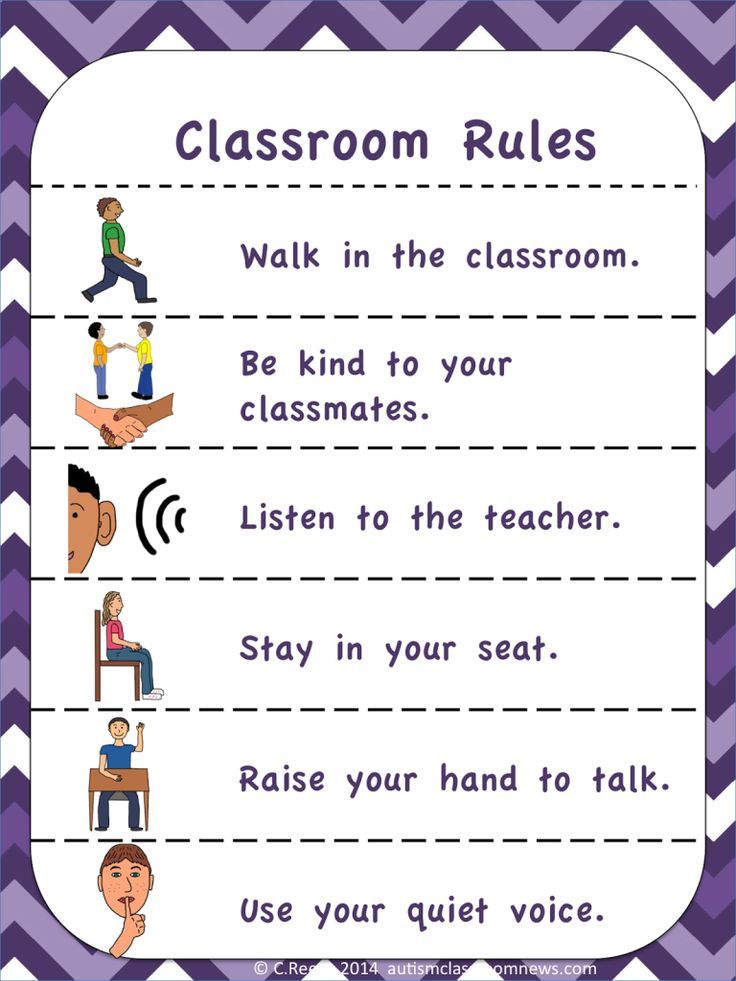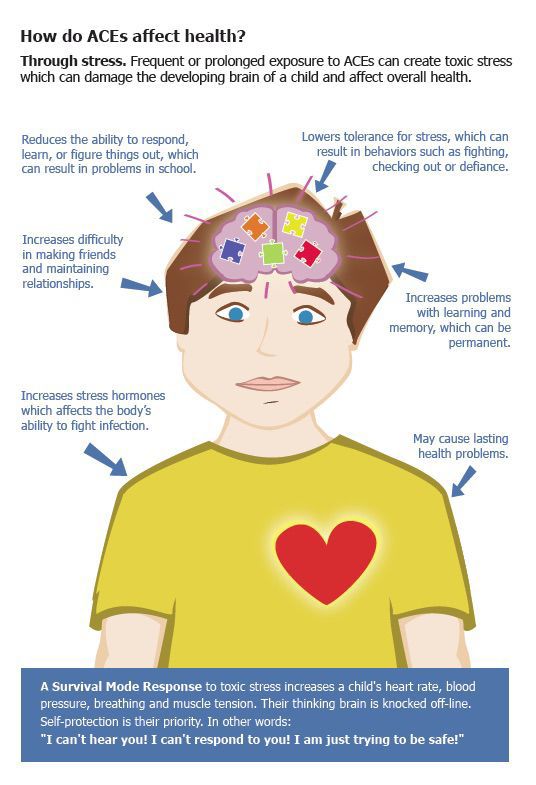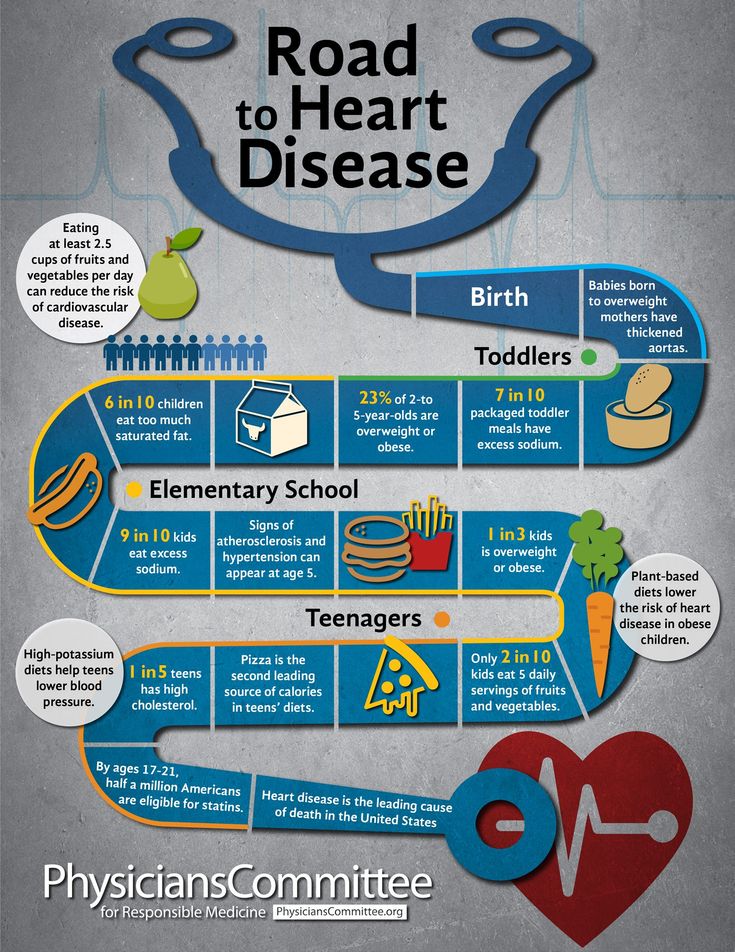How to handle a child with autism in the classroom
6 Tips for Teaching Students With Autism
I remember pretty vividly the blank faces I would encounter when I was a kid and told people I had a family member with autism. This seemly changed overnight around the time I entered undergrad to embark on a career in special education. In the past decade or so, there’s been much more exposure and awareness of autism and its uniqueness. With the ever-growing population of children with autism, it's so important that all educators are well-versed on their needs. Here are six tips to help your students with autism thrive in the classroom.
Avoid sensory overload. Many unexpected things can be distracting to students with autism. Fluorescent lights, smells, and noises from other students can make it difficult for students with autism to concentrate. Using cool, calm colors in the classroom can help create a more relaxing atmosphere. Avoid covering the walls with too many posters or other things to look at. Some students may even benefit from their own center, where they can spend time away from any possible distractions.
Use visuals. Even individuals with autism who can read benefit from visuals. Visuals can serve as reminders about classroom rules, where certain things go, and resources that are available to students. Using pictures and modeling will mean more to students with autism than a lengthy explanation.
Be predictable. If you've ever been a substitute teacher, you know about the unspoken anxiety of being with a different class (sometimes in a different school) every day. Having predictability in the classroom eases anxiety for students with autism and will help avoid distraction. Students are less worried or curious about what will happen next and can better focus on the work at hand. Give your student a schedule that they can follow. If there are any unpredictable changes, it’s a great teaching moment to model how to handle changes appropriately.
Keep language concrete. Do any of you children of the 90’s remember the show “Bobby’s World” with Howie Mandell? Bobby would always overhear adults using figurative language and daydream of all these crazy scenarios about what he thought they meant.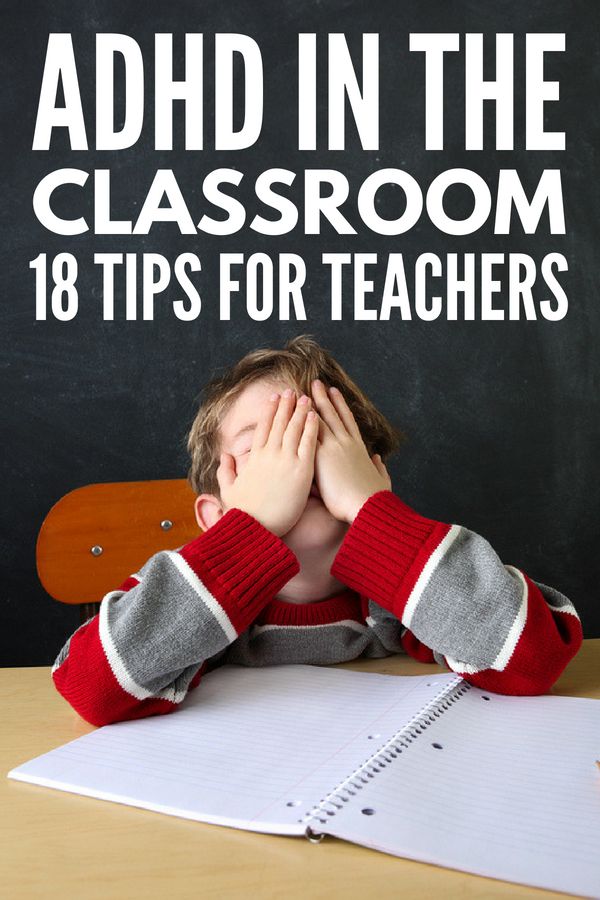 Many individuals with autism have trouble understanding figurative language and interpret it in very concrete terms. This may serve as a great opportunity to teach figurative language and hidden meanings in certain terms.
Many individuals with autism have trouble understanding figurative language and interpret it in very concrete terms. This may serve as a great opportunity to teach figurative language and hidden meanings in certain terms.
Directly teach social skills. The hidden curriculum may be too hidden for some individuals with autism. There are certain things that may have to be explicitly taught (like analogies). Model appropriate social skills and discuss how our behavior can make others feel. Social Thinking is a great curriculum with pictures books such as You Are a Social Detective that explain social skills in an easy to understand way.
Treat students as individuals. I’m sure this goes without saying, but I’m going to say it: It’s so important to model patience, understanding, and respect when working in a classroom with any special learners. Celebrate their success and don’t sweat it if some accommodations don’t conform to what you are used to in the classroom.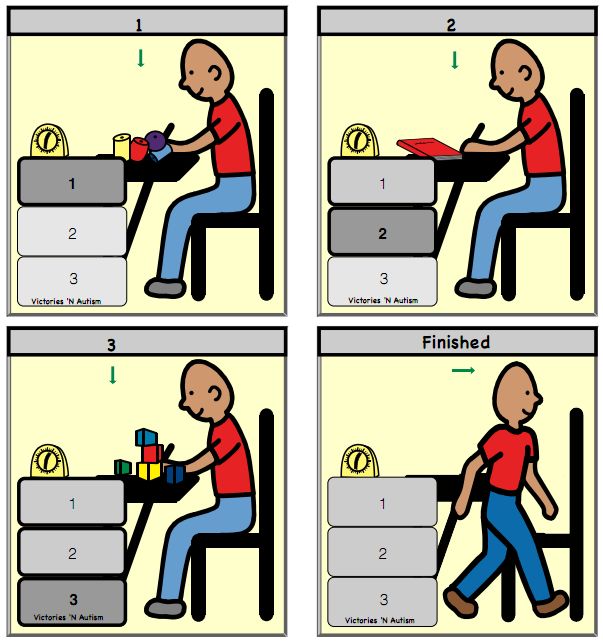 Keep in mind that some of these recommendations may be super helpful for some students, while others may not need the same degree of consideration. Autism can affect individuals differently.
Keep in mind that some of these recommendations may be super helpful for some students, while others may not need the same degree of consideration. Autism can affect individuals differently.
To learn more about working with students with autism, visit The Autism Vault.
Autism In The Classroom: How To Handle Behavior Challenges
Posted on February 27, 2020 by SDCAadmin
Children with autism typically use behaviors to communicate their wants, needs, anxieties, and frustrations.
These behaviors can include:
- Fidgeting
- Stimming
- Rocking
- Tapping
- Repeating words or phrases
- Mimicking
- Self-injurious actions
- Aggression
- Biting
- Ignoring peers
- Refusing to follow directives
- Eloping
While behaviors are important communication tools, some behaviors can disrupt learning in a classroom setting.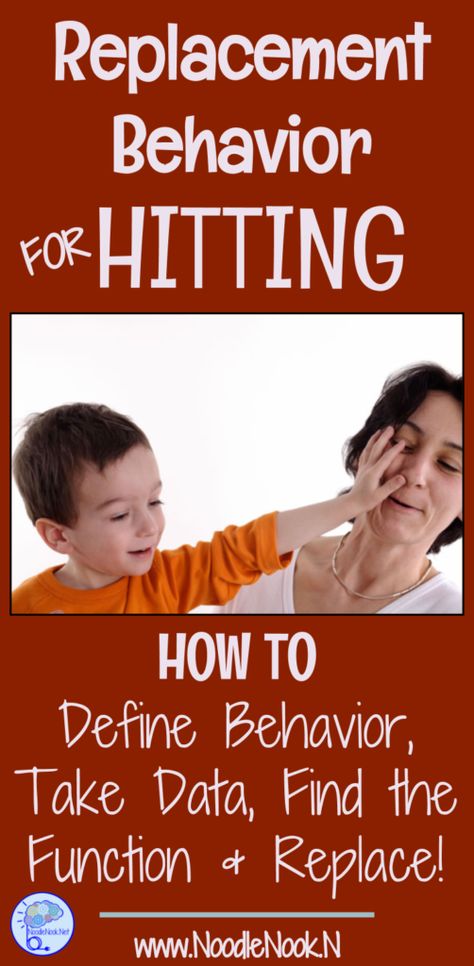 Various interventions teach children with autism new skills that help them develop acceptable ways to communicate, socialize, and function.
Various interventions teach children with autism new skills that help them develop acceptable ways to communicate, socialize, and function.
Strategies For Handling Autism Behavior Problems In The Classroom
The following strategies help school staff successfully handle the behavior challenges exhibited by children with autism in the classroom.
Follow A Behavior Plan
Because each child with autism is unique, they need a customized behavior plan. This document is part of the child’s Individualized Education Plan (IEP) and outlines the child’s needs and includes specific steps that improve maladaptive behaviors without punishing the child.
A behavior plan starts with a Functional Behavioral Analysis (FBA). This analysis identifies the root of behaviors, which can include the child’s desire to obtain an object, activity, or sensation, escape a demand or undesirable situation, or gain attention. The FBA will describe the frequency and intensity of behaviors, identify the causes and consequences of behaviors, and suggest possible solutions.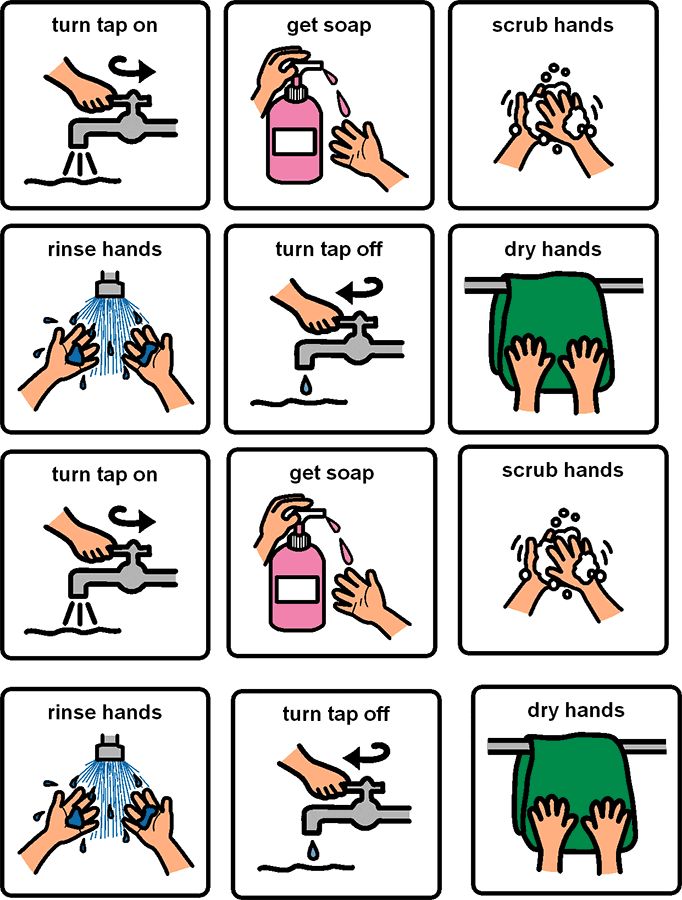
With information from an FBA, a special education or behavior consultant writes a Behavior Intervention Plan (BIP). This document lists the challenging behaviors, their causes, and effective solutions that are specific to the child’s needs. The BIP includes measurable goals that the teacher and other staff can monitor. The BIP can be modified as the student achieves goals.
Incorporate Strengths & Interests
Every child has strengths and interests. These assets can become leverage to help children engage more in class, stay on task, and reduce behavior challenges.
Observe children with autism closely to discover their unique assets. School staff can then incorporate the children’s strengths and interests into the curriculum, activities, and rewards system to prompt positive behavior.
Increase Structure
Changes in the daily routine can create stress for many children with autism. These students thrive on routine and consistency and may exhibit maladaptive behaviors when they face unpredictable situations at school.
An increase in classroom structure and daily organization may relieve stress and pressure. Modifications like an organized and minimalist classroom, predictable daily schedule, visual activity schedule, physical boundaries, and other routines may help children feel calm, relaxed, and less agitated throughout the school day.
Set & Explain Realistic Expectations
Most children function better when they know what’s required of them and when they have the skills to meet those expectations. Children with autism are no different, especially since they can think in very literal and concrete terms.
Carefully set realistic expectations, and explain those expectations clearly to reduce autism behavior problems in the classroom.
For example, teachers may need to show students visually what they must do and use simple instructions. Have the child repeat the instructions back to the teacher, too, to ensure understanding and reduce outbursts.
Time Transitions
Switching between activities and moving between classes can frustrate children with autism.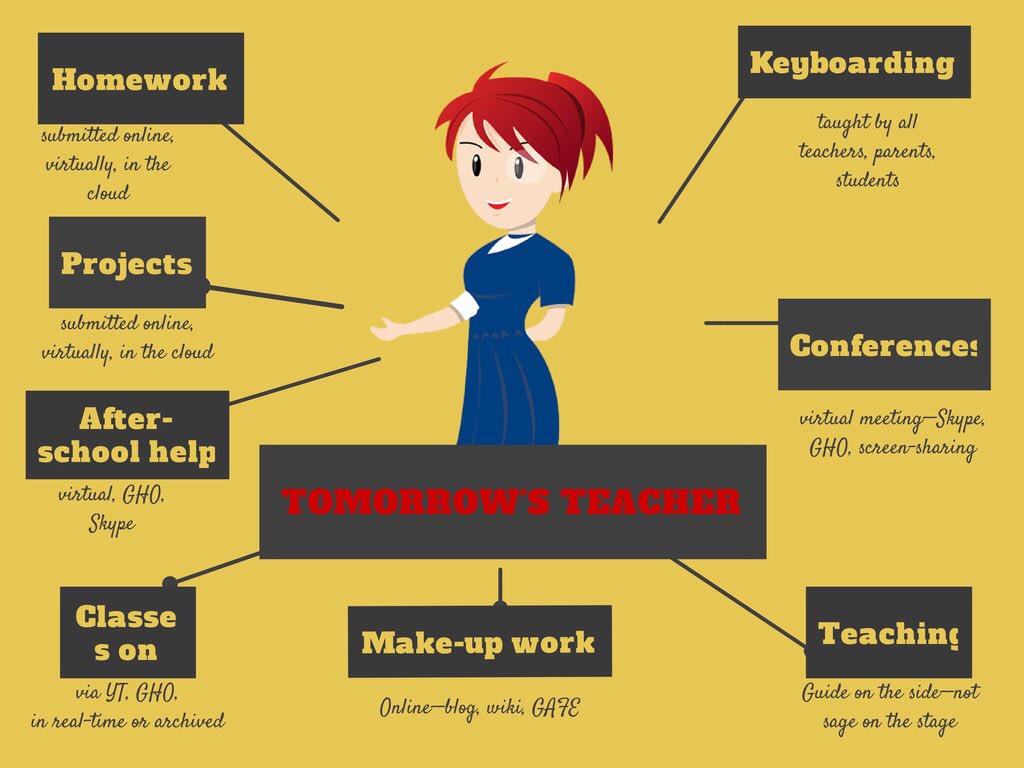 They typically thrive on routine and predictability and also appreciate the opportunity to finish one activity before moving on to something else.
They typically thrive on routine and predictability and also appreciate the opportunity to finish one activity before moving on to something else.
To avoid behavior challenges, time transitions carefully and seek to avoid as many disruptions as possible. Written or visual schedules clarify expectations and verbal prompts may motivate students to transition calmly, too.
Address Sensory Sensitivities
Sensitivity to textures, aromas, bright lights, and noise are a few challenges that may affect children with autism. These sensory sensitivities can cause discomfort and pain, which may precede challenging behaviors.
Address a child’s sensory sensitivities to improve comfort. Teachers can discover these sensitivities by observing the child and talking to parents or caregivers. It may be impossible to remove every child’s sensory triggers, but simple changes like dimming the lights or avoiding crowded hallways can make a big difference.
Offer Quiet Space
It’s common for students with autism to feel uncomfortable, overwhelmed, or anxious at school.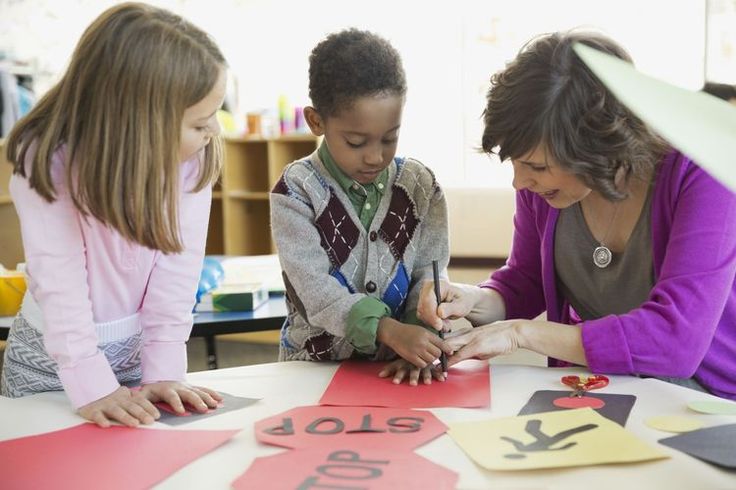 These feelings build up until the child responds with challenging behaviors.
These feelings build up until the child responds with challenging behaviors.
A quiet space in a corner of the classroom or another room can help students relax before they disrupt the classroom. Ideally, this space will include tools that help children feel safe, secure, and calm. A swing, rubber wall, art supplies, low lights, no noise, and other tools allow a child to relieve pressure and prepare to return successfully to the classroom.
Improve Communication Skills
Because children with autism often struggle to communicate, they may benefit from strategies that teach functional communication skills. Improved communication abilities can help children communicate better and may reduce autism behavior problems in the classroom.
Available communication tools include augmentative and alternative communication (AAC) tools, such as sign language and Picture Exchange Communication Systems (PECS).
Speech and language therapy can also occur in natural and various settings throughout the day and involve teachers, peers, staff, and the child’s family.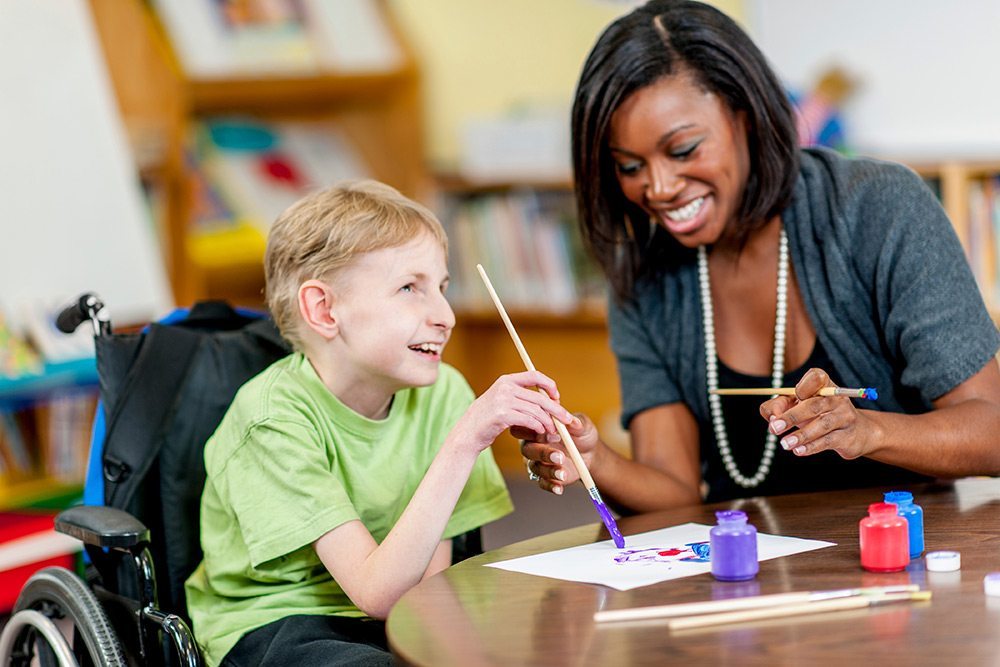 The child’s communication goals, therapies, and tools will be listed in the IEP and updated as needed.
The child’s communication goals, therapies, and tools will be listed in the IEP and updated as needed.
Implement Calming Techniques
When a student becomes verbally or physically disruptive or aggressive in the classroom, the staff may respond in kind. A calm demeanor can make a huge impact, though, and often defuses rather than escalates the situation.
Classroom staff can handle behavior challenges more successfully when they implement calming techniques themselves and with the children. Deep breathing, counting to 10, taking a break, pushing on a wall, and using a quiet, slow voice are a few strategies that defuse tension.
These and other calming techniques can be used in the moment or become part of the class’s daily routine as every student develops helpful tools that promote peace, tranquility, and calm.
Successfully Handle Autism Behavior Problems In The Classroom
Children with autism may exhibit challenging behavior in the classroom. Several strategies can help staff handle behaviors appropriately, reduce classroom disruptions, and provide every student in the class with access to a safe and effective education.
Despite these steps, some children with autism may need even more support. A specialized school like the Sarah Dooley Center For Autism provides an educational setting that’s designed to meet the child’s specific needs and successfully handle behavior challenges.
Learn more from these related resources:
- Resource Guide For Severe Autism Information And Education
- Teaching Students With All Levels of Autism
- Severe Autism Symptoms, Diagnosis & Management
« Oldest
Newest »
Teaching children with autism at school: answers to frequently asked questions
04/30/15
Answers to the questions of school principals about resource classes for children with autism
Inclusive Molecule”, aimed at creating and developing resource classes for teaching children with autism in educational institutions. Parents created a closed group on Facebook, where they posted questions from school principals, and then turned to specialists for answers.
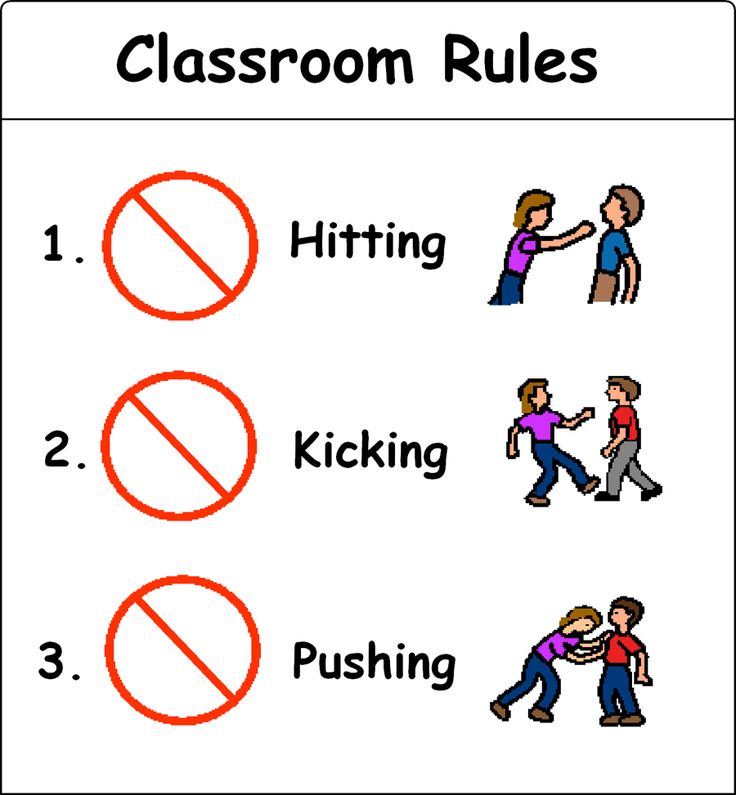 All of the questions below are real - they were heard by parents when they discussed with the directors of Moscow schools the possibility of opening a resource class.
All of the questions below are real - they were heard by parents when they discussed with the directors of Moscow schools the possibility of opening a resource class. Project moderator and editor-in-chief Evgenia Lebedeva (PhD in Psychology, senior researcher at the Developmental Psychology Laboratory of the Institute of Psychology of the Russian Academy of Sciences and mother of children with ASD), consultants Anastasia Kozorez, Elena Kutepova, Tatiana Medvedeva, Elena Tsyrulnikova and many other interested professionals that children with ASD could go to kindergarten and go to school.
The document will be improved gradually, and you can take part in its development. Send questions from your acquaintances directors of schools and kindergartens to [email protected], and we will definitely find those who can provide meaningful answers to them.
Dear colleagues!
This document collects answers to questions from school principals who are approached by initiative groups of parents with a request to admit children with autism to school.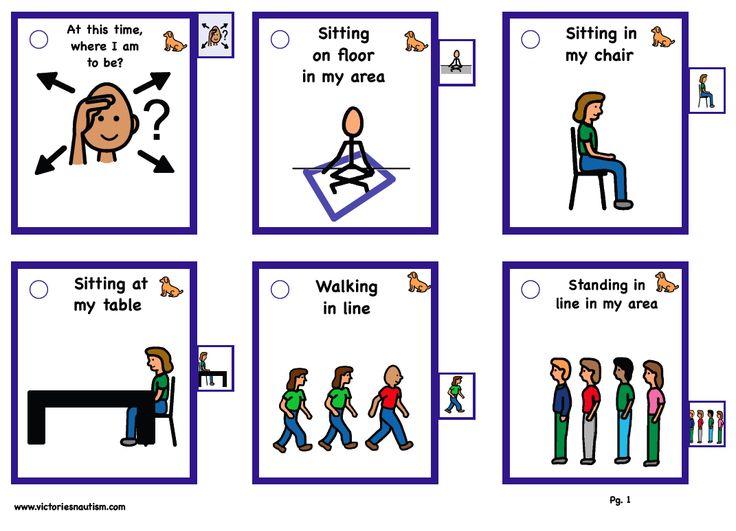 In schools that accept such children, resource classes are often organized in international practice. If the school has such a class, teaching a child with autism becomes possible and effective, and the school implements the principles of inclusive education in practice. Today there are such projects in Russia. We will be glad to expand the list of answers and are ready to accept your questions. The full version with new answers to the questions will be published on the website of the Department of Education of the Voronezh Region, on the website of the Vykhod Foundation and on the website of the Institute for Inclusive Education Problems (MSUPE). Questions were answered by specialists from educational institutions where children with ASD study, as well as representatives of public organizations created by parents of children with autism. Reviewer: Institute for Problems of Inclusive Education (MGPPU).
In schools that accept such children, resource classes are often organized in international practice. If the school has such a class, teaching a child with autism becomes possible and effective, and the school implements the principles of inclusive education in practice. Today there are such projects in Russia. We will be glad to expand the list of answers and are ready to accept your questions. The full version with new answers to the questions will be published on the website of the Department of Education of the Voronezh Region, on the website of the Vykhod Foundation and on the website of the Institute for Inclusive Education Problems (MSUPE). Questions were answered by specialists from educational institutions where children with ASD study, as well as representatives of public organizations created by parents of children with autism. Reviewer: Institute for Problems of Inclusive Education (MGPPU).
1. What are the characteristics of children with autism spectrum disorders (ASD)?
Sometimes children with ASD differ so little from other children that only specialists can see their features. But still, more often, the characteristics of children with ASD are clearly manifested when communicating with them.
But still, more often, the characteristics of children with ASD are clearly manifested when communicating with them.
The child may never look at the interlocutor or maintain eye contact during the conversation, while not answering anything, so that it seems that he does not notice that he is being addressed.
There is also the opposite situation: the child can talk on topics of interest to him without stopping, not seeing that the interlocutor has lost interest in the conversation and wants to end it. Children with ASD, as a rule, do not understand the hidden motives of the actions of other people, it is almost impossible for them to understand the irony of the interlocutor, as well as the use of words in a figurative sense.
Most often, children with ASD have features of speech development, which can vary from complete lack of speech to slight intonation differences.
Some children with ASD learn to read quite early, even before they begin to speak in phrases, and read almost the entire school curriculum avidly before they enter school, or are so seriously interested in some subject, such as history, that they know the school curriculum in this subject as well as the teacher.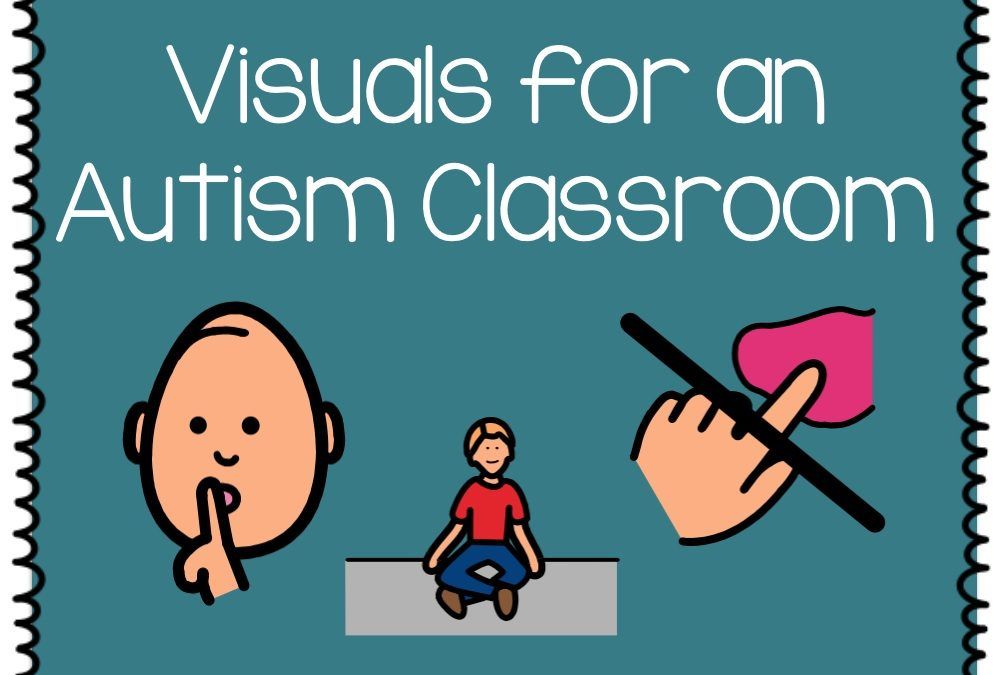
But in most children with autism, intellectual development is uneven: strengths are often visual perception, attention to detail, a large amount of mechanical memory. Weaknesses often turn out to be a lack of understanding of the general meaning of the text and retelling of what was read by memorized phrases or a fragmentary perception of oral speech, which, for example, can make it difficult to study mathematics, because although the child knows how to perform arithmetic operations, he fails to understand the condition of the problem.
Many children with ASD have sensory developmental features. Some children cannot stand loud noises or bright lights, smell or touch can also become a strong irritant (and all this, as a rule, does not cause any inconvenience to those around them). What may be perceived as odd behavior is often the child's reaction to sensory stimuli that cause him great discomfort and sometimes even pain.
Children with ASD can soothe themselves with habitual stimulation.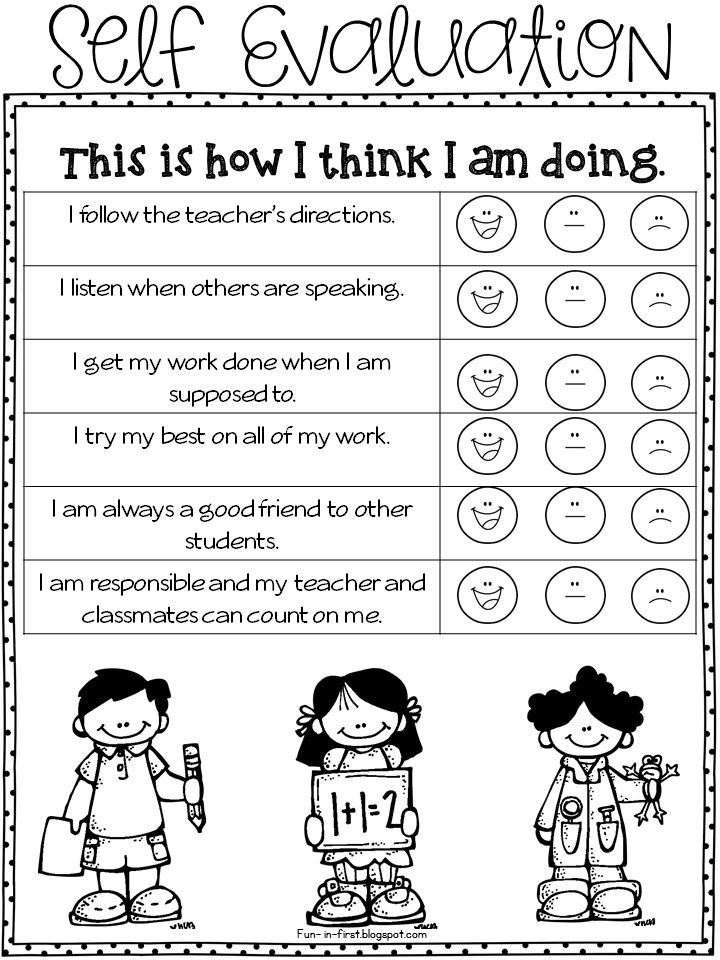 For example, when exposed to bright lights or loud music, some children may shake their hands, or jump in place, or roll the wheels of a toy car as close to their eyes as possible. The mechanisms of these actions are similar to those that we demonstrate by shaking our legs or twisting our hair around our fingers during an unpleasant conversation or a long wait.
For example, when exposed to bright lights or loud music, some children may shake their hands, or jump in place, or roll the wheels of a toy car as close to their eyes as possible. The mechanisms of these actions are similar to those that we demonstrate by shaking our legs or twisting our hair around our fingers during an unpleasant conversation or a long wait.
Odd behavior in a child with ASD (as well as any strange behavior in a child without ASD) can be explained by a specialist, and through practice with the child and his parents, such behavior can be changed.
2. Why do children with ASD need a comprehensive school? Aren't they better in remedial?
Of course, the mere presence of a child with ASD in a general education school does not guarantee effective teaching of academic skills. But the creation of special conditions (a resource class, an adapted program, the help of a tutor), as well as the presence of typically developing children as a role model and an environment for communication, helps a child with ASD to be more successful in mastering the school curriculum, contributes to the formation of communicative behavior, and the expansion of life experience.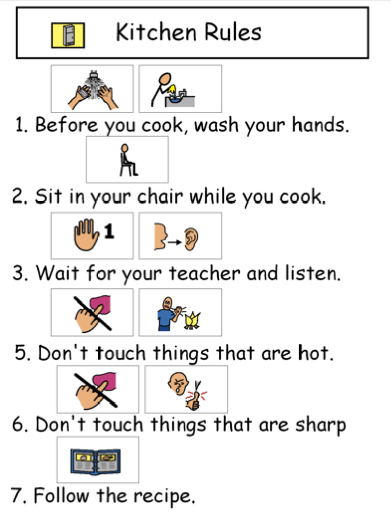 and better socialization.
and better socialization.
After school, a child with autism will live in the same society as regular school graduates. The sooner they get to know each other, the higher the chances that understanding and interaction will develop between them. It will be much easier for a child with autism who goes to school with ordinary children to feel part of society than a graduate of a special school.
3. Why should ordinary children study together with children with autism? What does it give them?
Many scientific works have been written about the benefits of inclusive education for ordinary children by scientists from different countries, where this practice has existed for many years. For example, it has been proven that graduates of inclusive schools have better communication skills, better understanding of others, and greater flexibility and creativity. In addition, working in an inclusive classroom with special educational conditions provides teachers with a unique experience.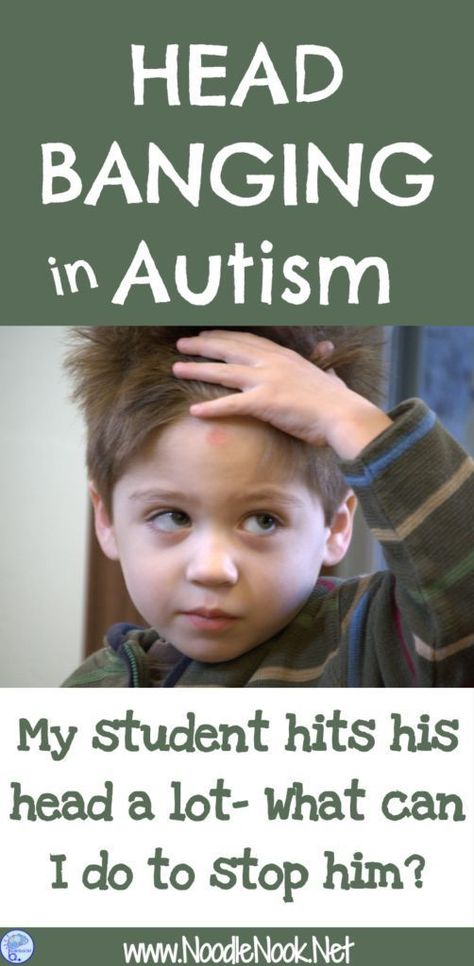 A teacher who understands the complex characteristics of a child with autism will easily find an approach to the learning problems of an ordinary child, and if this is not enough, he can use the help of resource class specialists, so all children benefit. There are other benefits as well.
A teacher who understands the complex characteristics of a child with autism will easily find an approach to the learning problems of an ordinary child, and if this is not enough, he can use the help of resource class specialists, so all children benefit. There are other benefits as well.
In a school where children learn to understand each other's characteristics from an early age, an atmosphere of trust arises and the best qualities develop: tolerance, care, kindness. And all children feel more comfortable.
4. Will a child with ASD be in a regular classroom?
Resource classes are being created for children with ASD to prepare for learning in the regular classroom.
5. What is a resource class?
The Resource Classroom is a separate special education room where students with ASD can study in a special program tailored to their individual educational needs.
Students with ASD attend part of the lessons in the resource class, and part of the lessons with their classmates in the general education class.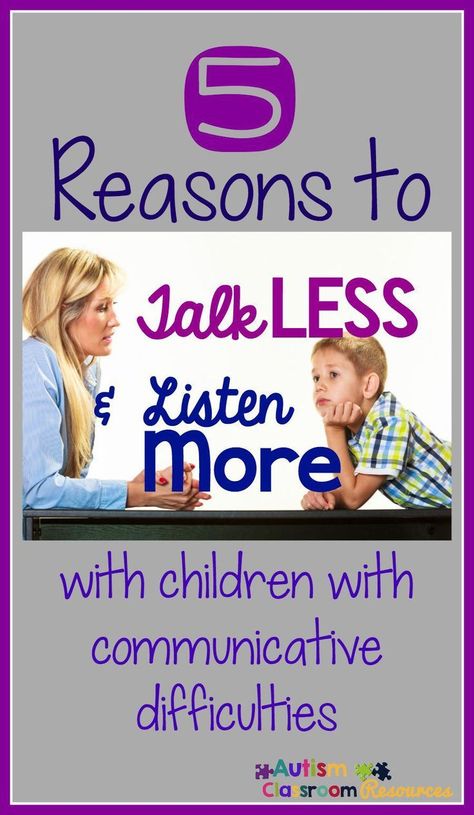 The resource class teacher can teach in small groups or work with the child individually.
The resource class teacher can teach in small groups or work with the child individually.
Students of general education classes can also receive additional help from specialists in the resource class.
6. Who decides when a student with ASD is ready to be included in a regular class?
The decision that a child with ASD is ready to be included in a regular class is made by the resource class teacher.
Decisions about the choice of lessons that the child will attend, about increasing the amount of time spent in the classroom, about reducing tutor support, are agreed with the teachers of the general education class. If necessary, the teacher of the resource class adapts the teaching materials to the needs of the student.
7. What tasks does the resource class teacher solve? What are his responsibilities?
The resource class teacher is the leading specialist in organizing work with students with ASD in the school. He must have a higher specialized pedagogical education.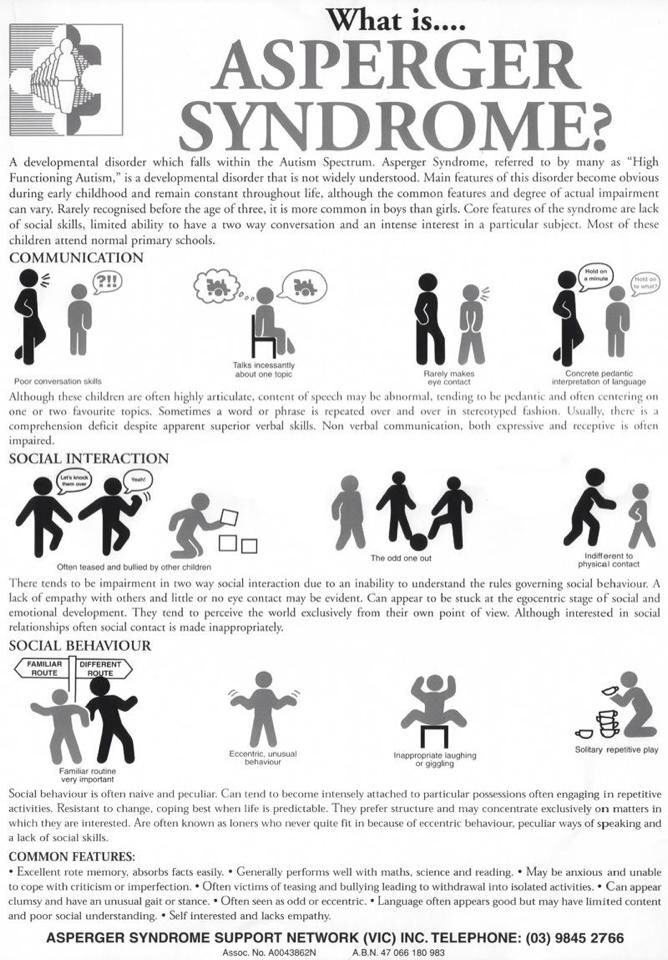 The teacher-defectologist is optimal for working in the resource class.
The teacher-defectologist is optimal for working in the resource class.
If the work of the resource class is built on the basis of Applied Behavior Analysis (ABA), the teacher must have additional education in this direction.
Resource class teacher's duties include:
— diagnosing developmental features of resource class students;
- conducting individual and group classes with students attending the resource class;
— organization of work to correct undesirable forms of behavior in students with ASD;
- preparation, adaptation and adjustment of educational and correctional programs and curricula;
- drawing up lesson plans for the resource class;
— adaptation of educational materials taking into account the individual characteristics of students;
— adaptation of the curricula of general education classes for students with ASD;
- drafting recommendations for creating special conditions in school for students with ASD;
- training of tutors;
- counseling for parents and school staff;
- monitoring the effectiveness of the educational process for students with ASD.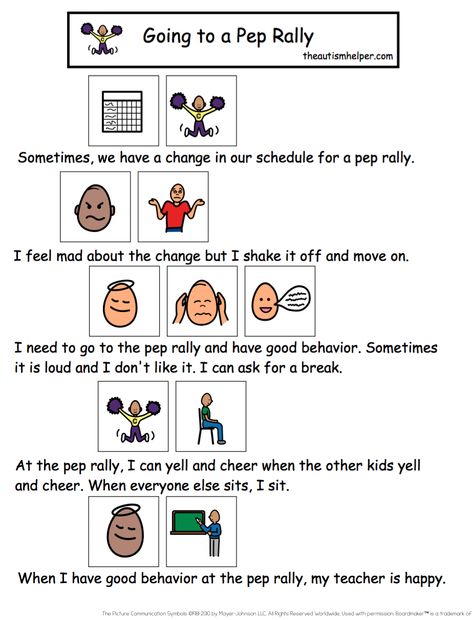
8. What program will a child with ASD study?
Program requirements are described in the Federal State Educational Standard for Primary General Education for Students with ASD. At the moment, there are four options for the educational program, according to which students with ASD can study. The teacher of the resource class, in cooperation with teachers of general education classes, when drawing up the program, must determine what knowledge, skills and abilities are the most priority for this student and in what format their assimilation will be most effective: in individual forms of work, in a resource class or in a general education class, as well as what materials, methods and techniques should be used in his training.
Requirements for AOOP IEO of students with autism spectrum disorders
8.1 Adapted basic educational program of basic general education. This option assumes that a student with ASD receives an education that is fully consistent with the final achievements by the time of completion of education, the education of peers who do not have disabilities, being in their environment and in the same terms of study (grades 1–4).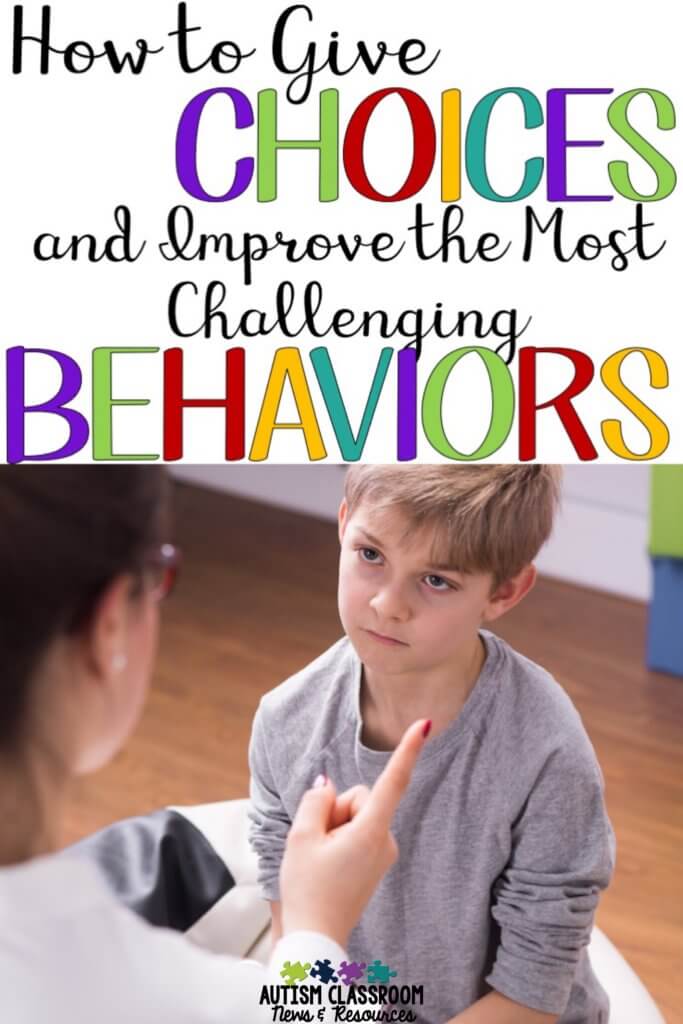
8.2 Adapted educational program of basic general education. This option assumes that a student with ASD receives an education comparable in final achievements to the education of peers without disabilities in a prolonged period. This option assumes extended periods of study: five years (grades 1–5) for children who have received preschool education; six years (grades 1-6) - for children who have not received preschool education.
8.3 Adapted educational program for students with mental retardation. This option assumes that a student with ASD receives an education that, in terms of the content of the final achievements, does not correlate with the content and final achievements of peers with ASD, who do not have additional health limitations, by the time they complete schooling, in a prolonged period. This option involves a prolonged period of study: six years (grades 1–6).
8.4 Special individual development program.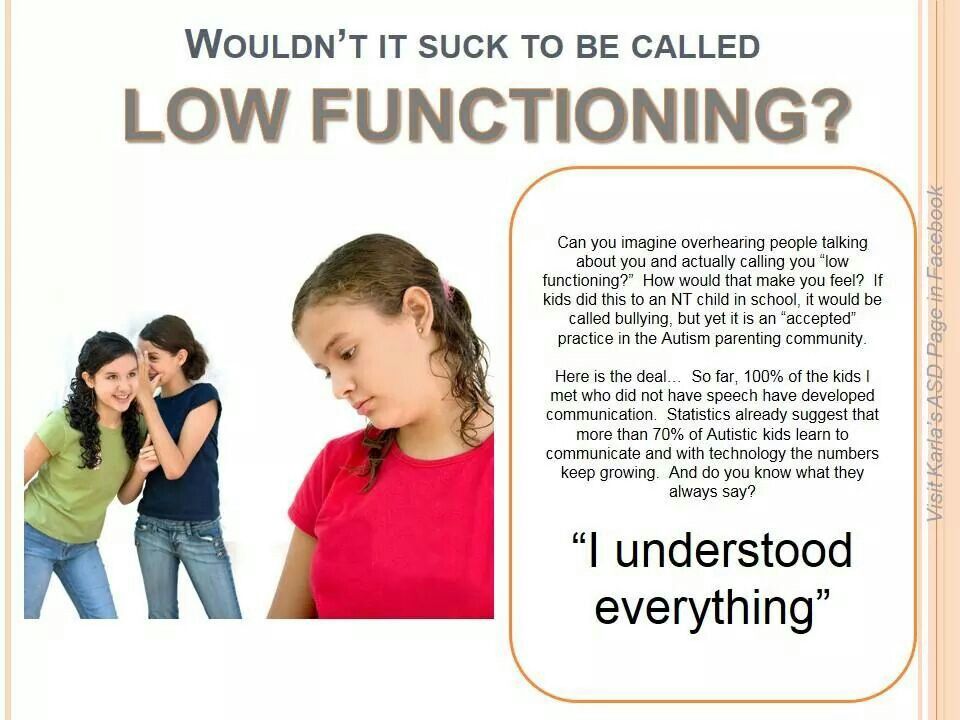 This option assumes that a student with ASD complicated by mental retardation (moderate, severe, profound, severe and multiple developmental disorders) receives an education that, in terms of content and final achievements, does not correlate with the content and final achievements of peers by the time of completion of schooling, does not having additional restrictions on health capabilities, in a prolonged period. This option involves a prolonged period of study: six years (grades 1–6).
This option assumes that a student with ASD complicated by mental retardation (moderate, severe, profound, severe and multiple developmental disorders) receives an education that, in terms of content and final achievements, does not correlate with the content and final achievements of peers by the time of completion of schooling, does not having additional restrictions on health capabilities, in a prolonged period. This option involves a prolonged period of study: six years (grades 1–6).
9. There are non-speaking children among school-aged children with ASD. When will they speak, and on what does it depend?
There are children who will never use spoken language. But for communication and transmission of information, we do not always use oral speech. We have different ways. We can gesture, write, type, chart.
A variety of alternative communication systems have been created for children who do not use oral speech, using which they can answer questions, express requests, talk about something interesting, chat with friends.
The school must create conditions under which the child can use all possible means of communication, and then the lack of oral speech will not become an obstacle to learning or communicating with peers.
10. Can children with ASD be a danger to normal children?
Aggression is not a hallmark of children with ASD. However, they may become defensive in response to what they perceive as a threat or ridicule.
At times, a child with autism may appear aggressive when trying to communicate discomfort, such as loud noises or strong smells.
It is important to remember that children who have potentially dangerous behaviors are not included in the educational process in the general education classroom.
11. Children tend to repeat words and actions one after another. Will children with ASD become an example of bad behavior for other children? Are there ways to avoid this?
It is possible that other children will sometimes repeat some of the actions of their classmates with ASD.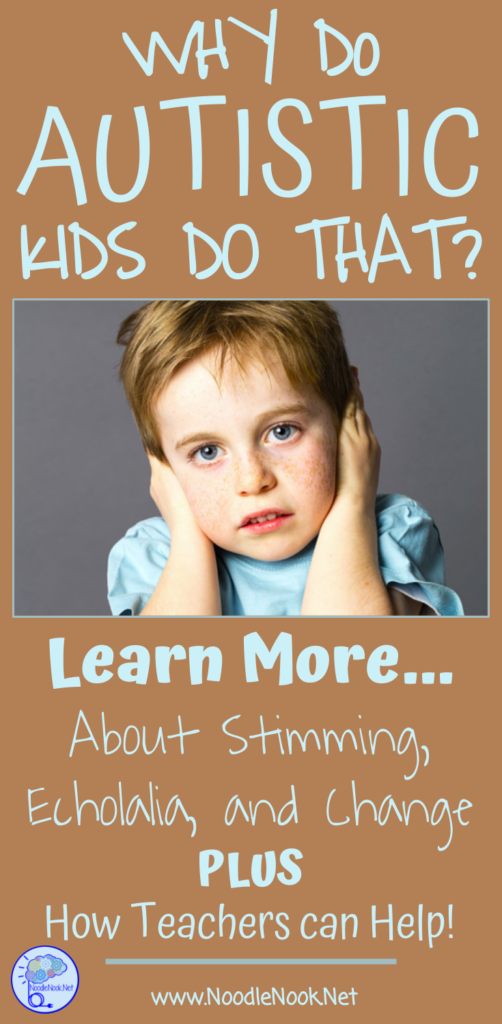 But they will not adopt and appropriate this behavior, because they have formed their own habitual forms of behavior for emerging life situations.
But they will not adopt and appropriate this behavior, because they have formed their own habitual forms of behavior for emerging life situations.
If children have questions about why their classmate with ASD behaves the way they do, it is important to explain to them the reasons for this behavior and how they can be helped to learn to behave differently.
We hope that the information on our website will be useful or interesting for you. You can support people with autism in Russia and contribute to the work of the Foundation by clicking on the "Help" button.
Autism in Russia, Discrimination and rights, Friendly environment, Education and training
A child with autism in the classroom. What to prepare for a teacher: 6 main stages of education
Every teacher is an expert in communicating with children. But not everyone knows what to do next if they think that a student has signs of autism. Sits in the back corner of the classroom every recess, doesn't talk to anyone, freaks out if something doesn't go according to plan
Another situation.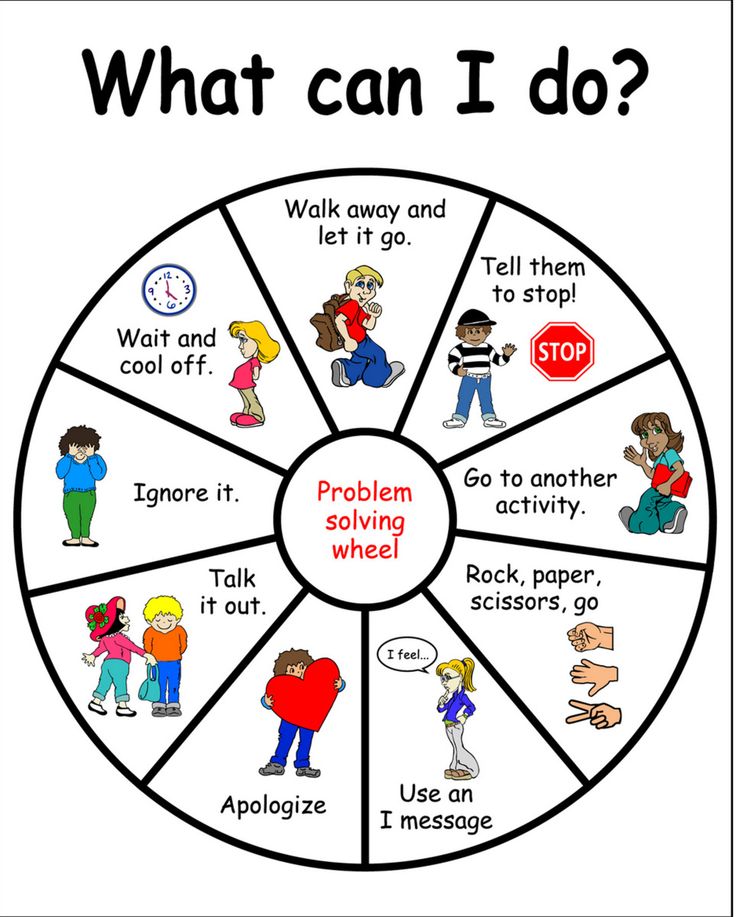 You learn that a student with autism is coming to class. Many questions immediately arise in my head: how to behave with a student? How will other children treat him? Will he lag behind the general program? What actions can be expected from him?
You learn that a student with autism is coming to class. Many questions immediately arise in my head: how to behave with a student? How will other children treat him? Will he lag behind the general program? What actions can be expected from him?
No one will give you a clear list of symptoms that will 100% indicate that a child has an autism spectrum disorder (ASD). But there are certain signals that show up in many children with autism.
Webinar on the topic
Special Educational Needs for Children with Mental Disabilities (SPD, MA, ASD)
Watch
The main signs of autism in a child.
-
Expresses his thoughts badly. A child with signs of autism tries not to attract the attention of other people.
-
Performs the same actions. Plays the same game or constantly arranges items on the desk in a certain order.
-
Resistant to any change.
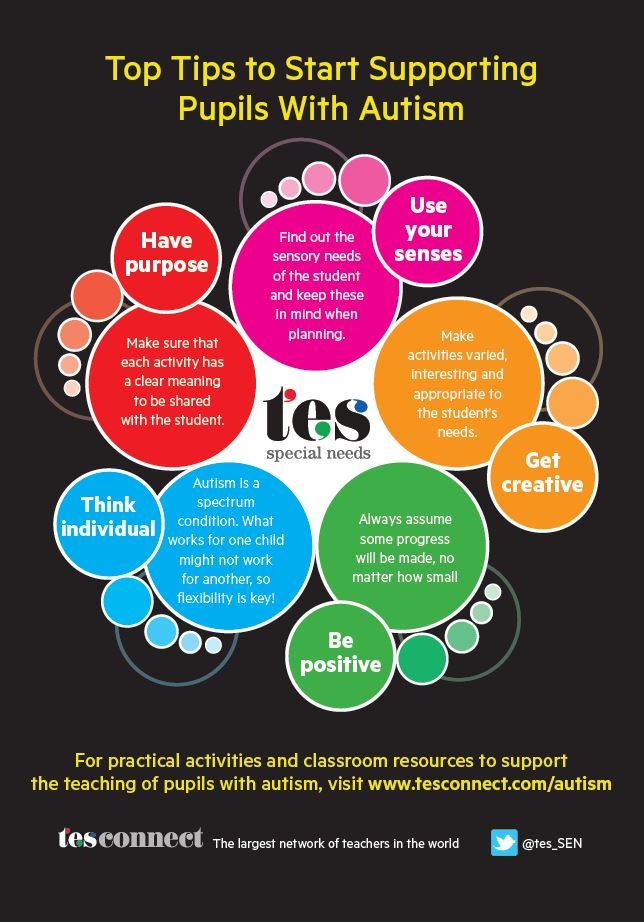 Another sign of autism in children is that they panic when things don't go according to plan.
Another sign of autism in children is that they panic when things don't go according to plan. -
Problems with social interaction or communication with peers or classmates.
-
Closed in class. A child with ASD (*Autism Spectrum Disorder) can sit silently in class without asking or trying to interact with the teacher.
-
Has obsessive ideas. For example, in games with classmates, a child with autism may have a strong desire to always win or prefer to play the same scenario.
-
Demonstration of inappropriate behavior in front of other children, teachers.
Common signs of autism in children include problems with coordination and fine motor skills (cannot fasten buttons, tie shoelaces, draw a parallelogram with a ruler). But such children are able to remember a large amount of information and can be good at mathematics.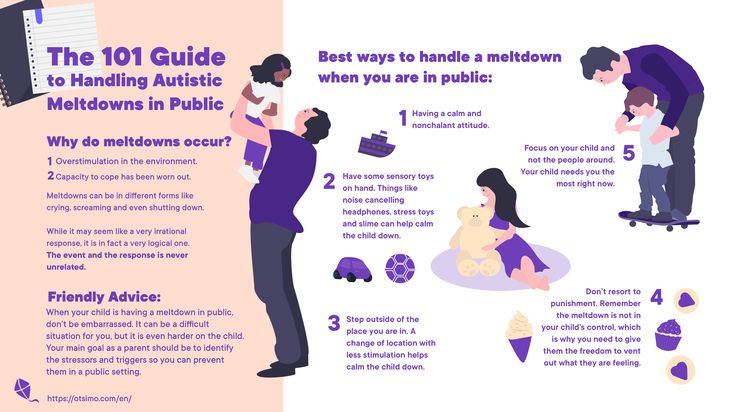
If you met one person with autism, you met only one person with autism
There are quite a few signs of autism and they manifest themselves differently in each child, therefore, it is not easy to diagnose.
Helping children with autism in the classroom: understanding is key
Help begins and ends with understanding. Therefore, the most important thing you can do is learn about autism so that you properly understand the causes of your child's behavior and learning problems.
A child with autism may mistakenly be too straightforward for rudeness, and unusual actions for destructive behavior. If a child disrupts the lesson with his cry, you have every right to reprimand him. But it is very important to understand the reason for this behavior.
One of the signs of autism in a child may be behavioral problems:
Tip: write down any inappropriate or strange behavior. This will help determine what is causing the student with the disorder to be irritated.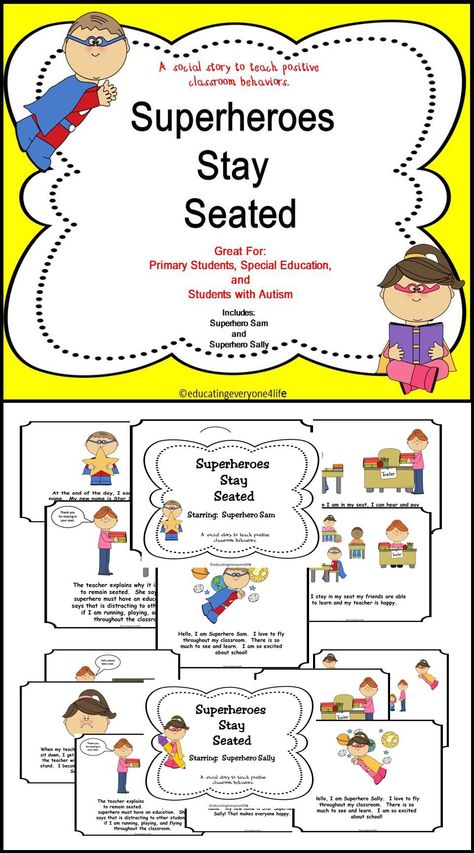
Remember that children with autism take the instructions literally:
Cut the paper into 8 equal pieces.
Paint the tree the same color as the grass.
Don't move until I get back.
And if other children understand that accuracy is relative in this case, then for a special child, these instructions can lead to panic. Sheet parts cannot be 100% equal. The color of the tree cannot match the color of the grass 1 in 1. It is impossible to stand still and not move at all for a long time.
The result is frustration and anger. After all, the child honestly tried to fulfill your conditions, but could not.
Learn all about working with children with disabilities
Intensive "Inclusive education of children with disabilities in the context of the implementation of the Federal State Educational Standard: high-quality interaction in the "teacher-child-parent" system
Open
How should a teacher behave if there is a child with autism in the class?
We have prepared 5 useful tips for you.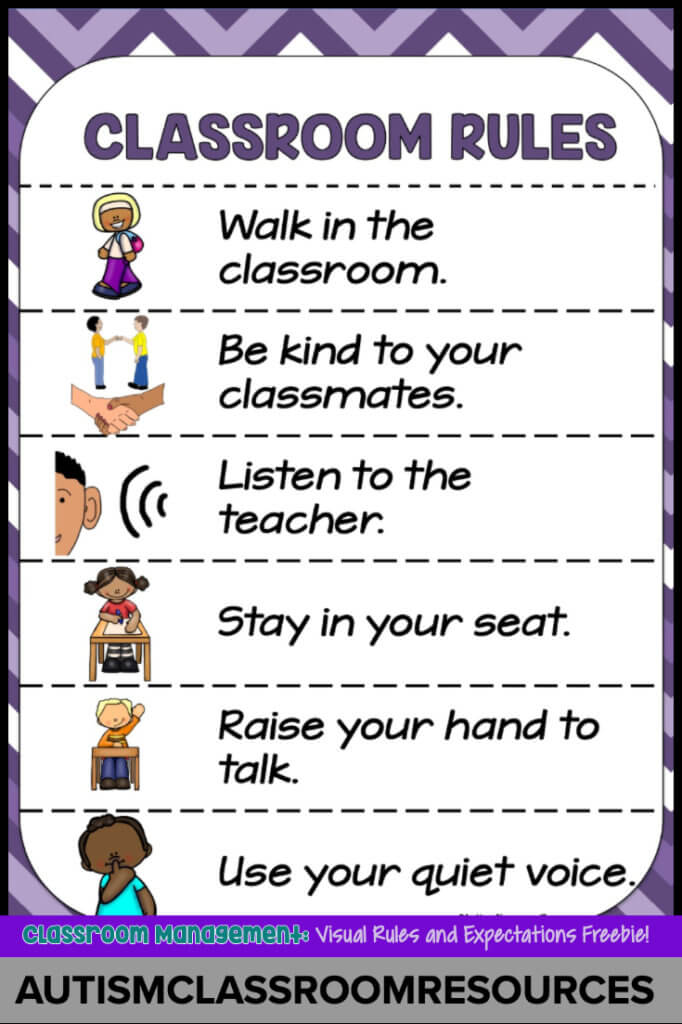
-
Give us extra time. Students with autism spectrum disorder often take longer to complete tasks.
-
Stay tuned. Any step to the side can cause panic in a student with ASD. Try not to change the schedule spontaneously and always give your child advance notice.
-
Speak in plain language. Children with autism do not know how to "read between the lines", do not understand metaphors and sarcasm, it is difficult for them to imagine something abstract. Keep this in mind.;
-
Give feedback. It is difficult for a student with autism to understand whether he did well or poorly on a task. After each exercise, tell the child that he is moving in the right direction or point out what needs to be corrected.
-
Do not forget to praise. Find an opportunity to tell your student with autism what they are good at.
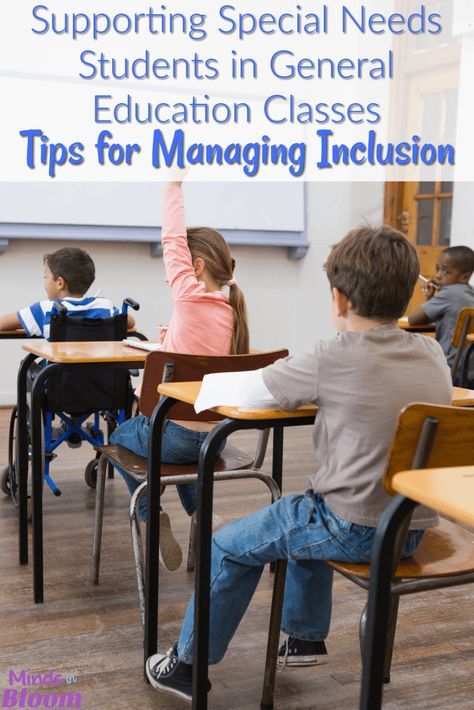 Praise both successes and meritorious attempts to succeed. Be specific about what you are praising him for.
Praise both successes and meritorious attempts to succeed. Be specific about what you are praising him for.
Free webinar
“First meeting with a child with disabilities. How can a teacher start interacting with "special children"
Open
How can a teacher prepare for a meeting with a child with autism? 6 step plan
Everything we talked about above is the first step to effective education for children with autism. Remember: self-education is the key without which everything else is impossible.
Learn the 6 key steps to help prepare you for teaching a special child.
1. Study the features of the disease.
2. Contact your parents. They are your first and best source of information about a child with autism. Start interacting before the start of the school year. Build trust, keep in touch with parents, report your observations. Learn about support centers for parents of children with autism.
Learn about support centers for parents of children with autism.
3. Prepare the class. Be aware of the individual characteristics of the child. Create a comfortable learning environment: eliminate factors that interfere with learning and make a clear schedule.
4. Tell your classmates about your child's characteristics. Other children should be aware that there is a special child in their class. Children with autism find it difficult to establish friendships with peers, the child will need help.
5. Prepare an individual educational program. All children with special educational needs must have an individual learning path.
6. Create a comfortable learning environment. School is a stressful environment. As we have said, even a sudden change in schedule or excessive lighting in the classroom can cause anxiety for a student with autism. Remember this.
Yes, teaching "special" children is not an easy task, but it will pay off if we are sensitive and patient, which is important for teaching children with special educational needs.